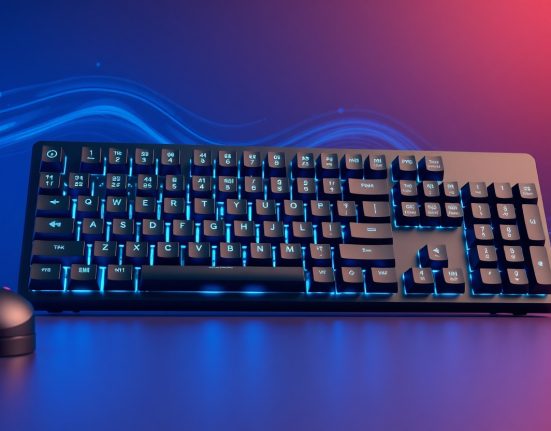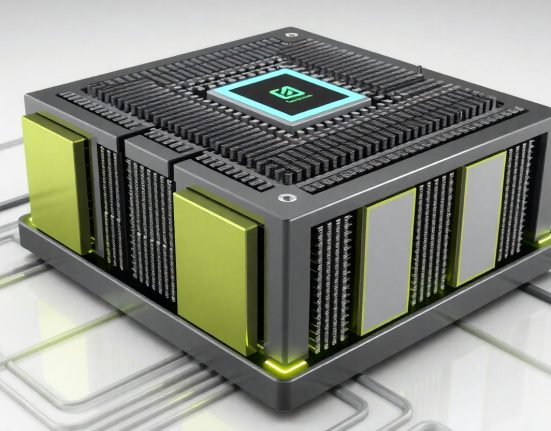Intel has recently announced an innovative initiative aimed at making modular personal computers more accessible to consumers and organizations. The goal is to reduce maintenance costs, simplify upgrades and repairs, and minimize electronic waste. Rather than introducing entirely new technology, Intel’s strategy involves smart application of existing concepts through an industry-aligned modular format.
A New Vision for the Personal Computer
At the heart of the announcement is a reference design blueprint for modular computers. This design serves as a foundational model for OEMs (Original Equipment Manufacturers) and ODMs (Original Design Manufacturers), guiding the development of computers that are easier to disassemble, repair, and upgrade.
The program was unveiled by Gokul Subramaniam, Vice President of Intel’s Client Computing Group and President of Intel India. He emphasized that the move responds directly to clear market trends: rising consumer demand for self-repair, accessible upgrades, and reduced environmental footprint.
Modularity on Three Levels
Intel defines modularity on three main levels: system, motherboard, and components.
1. System Level
This layer allows manufacturers to create diverse computer families—for example, models with different screen sizes or cooling solutions—while using the same core modules. It simplifies product lines and allows production facilities to offer varied configurations without designing each one from scratch.
2. Board Level
Instead of a monolithic motherboard, Intel proposes splitting it into separate modular boards:
- Core board: Houses the CPU, RAM, and main chipsets.
- I/O boards: Handle external connections like USB, HDMI, audio, etc.
This separation means users or technicians can replace only the affected module instead of the entire board. Intel is also promoting modular memory (e.g., LPCAMM—Low Power Compression Attached Memory Module) and storage (e.g., M.2 SSDs), further simplifying upgrades and replacements.
3. Component Level
At the smallest scale, Intel envisions interchangeable mini modules that connect via standardized interfaces such as M.2 or FPC. For example:
- Users can swap out modules that offer different functions (USB-C, DisplayPort, HDMI) using the same slot.
- Software compatibility is maintained, enabling seamless reuse of modules across different models.
Addressing Consumer and Enterprise Needs
Intel states that the shift to modular computing addresses multiple needs:
- Individual users want easy memory and storage upgrades, low-cost repairs, and longer device lifespans.
- IT departments benefit from minimizing downtime—faulty parts can be replaced on-site without shipping the whole computer.
- Recycling and reuse become practical: parts from old systems can be repurposed to build new configurations.
The modular approach also directly contributes to reducing e-waste, a major global challenge. The tech industry generates millions of tons of electronic waste each year.
Industry Collaboration
Intel emphasizes that it does not plan to manufacture modular PCs itself. Instead, it works through ecosystem partnerships—with component vendors, PC makers, and business partners. The company is actively developing and sharing reference designs for implementation by others.
“Our role is to provide the building blocks,” Subramaniam said. “We’re not just offering ideas—we’re developing real designs and collaborating with the industry.”
He noted that the foundational technologies already exist: M.2 cards, FPC connectors, LPDDR memory standards, modular internal communication protocols—all are in use today, but the industry needs a unified infrastructure to realize their full potential.
Not a New Idea, But the Timing Is Right
The concept of modular PCs has surfaced many times over the years, with limited success due to lack of broad industry adoption, compatibility issues, or high costs. But Intel believes that mature technology, environmental awareness, and market demand make this the right time for modular computing to succeed.
If manufacturers embrace the approach, the result could be PCs that look completely standard on the outside—but inside, they are modular, upgradeable, and easier to maintain.
Conclusion
Intel’s modular PC initiative is not a product but a strategy—a broad push to rethink how we design, build, and support personal computers. If adopted widely, it could reshape the industry, much like USB-C has unified smartphone charging and data transfer.
Whether this becomes a true revolution or just another ambitious attempt depends on time—and industry cooperation.














